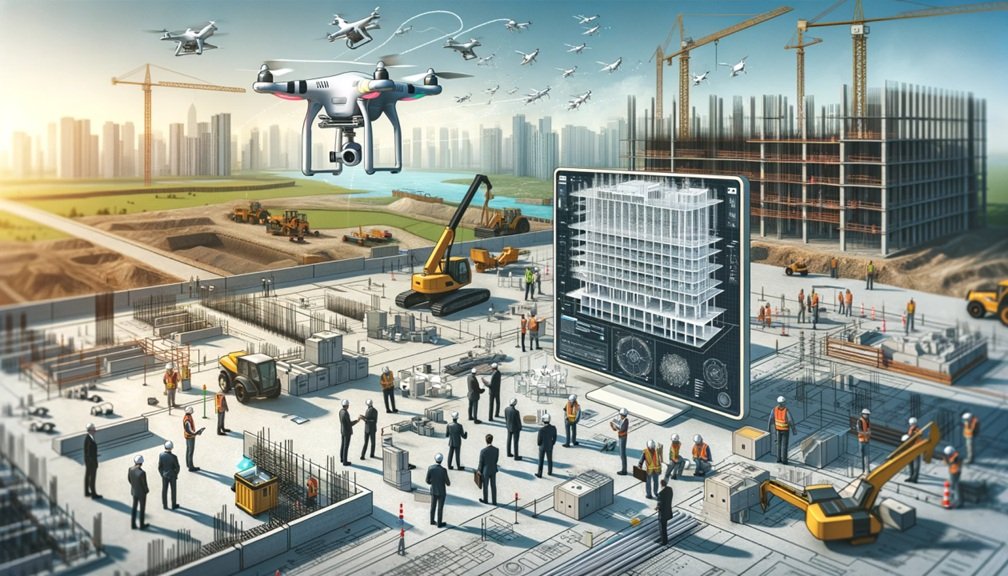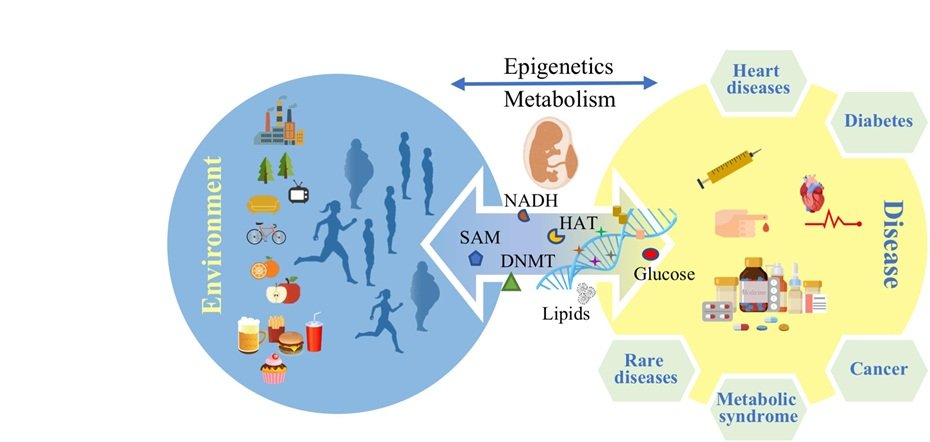Media and Information Literacy (MIL) is an essential skill in today’s increasingly digital world. As the landscape of information continues to expand, understanding how to navigate, evaluate, and engage with media and information responsibly has become a critical life skill. This article explores 5 importance of media and information literacy, detailing how it impacts various facets of life, from critical thinking to responsible citizenship and beyond.
Introduction to Media and Information Literacy
In today’s digital age, we are constantly bombarded with information from a variety of sources. From traditional media like newspapers and television to digital platforms such as social media, blogs, and websites, the volume and variety of information available to us can be overwhelming. This is where Media and Information Literacy (MIL) plays a crucial role.
Media and Information Literacy refers to the ability to access, analyze, evaluate, and create media and information in various forms. This skillset is vital for understanding how information is created, manipulated, and disseminated. It empowers individuals to become more critical, responsible, and engaged users of media, ensuring they can navigate the complexities of the modern information environment.
The 5 importance of media and information literacy are far-reaching and impactful. This article will explore each of them in detail.
1. Enhances Critical Thinking and Evaluation Skills
One of the most significant benefits of Media and Information Literacy is its ability to enhance critical thinking. The digital era has introduced a flood of information, much of which is unverified, biased, or intentionally misleading. Without the skills to analyze and evaluate the credibility of information, people can easily fall victim to misinformation or make uninformed decisions.
The Role of MIL in Critical Thinking
Critical thinking involves analyzing information from different perspectives, questioning its validity, and understanding its underlying biases. MIL encourages individuals to look beyond surface-level content and explore the origins and motives behind media messages. For example, when reading a news article, a media-literate person will consider the source, the evidence presented, and the context in which the information is provided. This process helps people to make informed judgments rather than simply accepting information at face value.
In educational settings, MIL encourages students to challenge assumptions, consider alternative viewpoints, and think independently. This skill is crucial not only for academic success but also for navigating real-world challenges.
MIL and the Digital Age
In the digital age, where anyone can publish content online, the need for critical thinking has never been more important. Social media platforms, blogs, and forums are rife with content that may not be fact-checked, and users are often exposed to echo chambers that reinforce existing beliefs. MIL provides the tools to recognize biases and navigate this sea of information effectively, helping individuals separate fact from fiction.
2. Promotes Informed Citizenship
Media and Information Literacy plays an essential role in promoting active and informed citizenship. Citizens need to be well-informed to participate effectively in democratic processes, make decisions, and contribute meaningfully to societal debates. MIL enables individuals to access reliable information about political issues, social justice matters, environmental challenges, and economic policies.
The Link Between MIL and Civic Engagement
Informed citizens are more likely to engage in political discourse, vote in elections, and contribute to social change. MIL equips individuals with the knowledge to evaluate political platforms, understand complex issues, and make decisions based on reliable data. By promoting the ability to critically engage with media content, MIL encourages people to become active participants in shaping their communities and societies.
For instance, during election seasons, media-literate citizens can identify biased reporting, fact-check campaign promises, and make choices based on facts rather than emotions or misinformation. They are also more likely to participate in public debates and advocate for policies that reflect their values and interests.
The Role of MIL in Social Justice
Media and Information Literacy is also crucial for understanding and addressing social justice issues. By analyzing media representations of marginalized communities, individuals can become more aware of stereotypes, biases, and inequalities in society. MIL enables people to question harmful portrayals and advocate for more accurate and inclusive representations in media.
3. Helps Combat Misinformation and Fake News
In recent years, the rise of misinformation and fake news has posed a significant threat to society. The spread of false information can have serious consequences, from affecting public health to influencing elections. Media and Information Literacy provides individuals with the tools to identify and combat misinformation, helping to reduce its impact on society.
Recognizing Misinformation
One of the most important aspects of MIL is the ability to recognize misinformation. By teaching individuals how to evaluate sources, check for credibility, and verify facts, MIL helps them discern between truthful content and false or misleading narratives. In the context of social media, where rumors and conspiracy theories can spread rapidly, MIL is essential for preventing the spread of fake news.
In addition, MIL encourages the responsible creation and sharing of information. When individuals are media literate, they are more likely to think critically before sharing content with others. This helps to prevent the viral spread of false information, reducing its potential harm.
The Role of MIL in Public Health
Misinformation can be especially dangerous in areas like public health. For example, during the COVID-19 pandemic, misinformation about the virus and vaccines spread widely on social media. Media and Information Literacy helps individuals critically assess health-related information, consult trusted sources, and make informed decisions about their health.
4. Fosters Effective Communication Skills
Media and Information Literacy is not only about evaluating and consuming media; it also plays a key role in fostering effective communication. In a world where communication is increasingly mediated by technology, being able to express oneself clearly and responsibly is vital.
MIL and Digital Communication
Social media platforms, blogs, podcasts, and videos are all forms of digital communication that allow individuals to express their opinions, ideas, and experiences. MIL empowers individuals to use these platforms effectively, crafting messages that are clear, well-supported, and respectful of others. In addition, MIL helps individuals understand the implications of their digital actions, including issues related to privacy, consent, and digital etiquette.
Promoting Ethical Communication
In addition to promoting clarity, MIL encourages ethical communication. As individuals learn about the ethical standards of media creation and consumption, they are more likely to engage in responsible digital behavior. This includes understanding issues like plagiarism, intellectual property, and the potential harm that certain types of content can cause. Media-literate individuals are also more likely to respect the opinions of others and engage in constructive dialogue rather than resorting to harmful language or online harassment.
5. Supports Digital Literacy and Online Safety
Digital literacy is a critical component of Media and Information Literacy. In the digital age, knowing how to use technology safely and effectively is essential. MIL helps individuals navigate the digital landscape while understanding how to protect themselves from potential risks such as cyberbullying, data theft, and online scams.
The Importance of Digital Literacy
Digital literacy involves not only the technical skills required to use devices and software but also the knowledge of how to engage with digital content in a safe and informed manner. MIL teaches individuals how to recognize secure websites, protect personal information, and avoid online threats. It also encourages responsible use of social media, helping individuals maintain a healthy balance between online and offline life.
Promoting Online Safety
As more aspects of our lives move online, the importance of online safety cannot be overstated. MIL teaches individuals how to protect their privacy, avoid scams, and navigate digital spaces in a secure way. By understanding how to manage online identities, individuals can safeguard their personal information and reduce the risk of cybercrime.
Conclusion
In conclusion, 5 importance of media and information literacy cannot be overstated. As we continue to live in a world shaped by digital technologies and information overload, being able to critically engage with media and information is essential. From enhancing critical thinking and promoting informed citizenship to combating misinformation and fostering effective communication, MIL plays a crucial role in navigating the complexities of the modern world. It empowers individuals to make informed decisions, protect themselves online, and contribute positively to society.
As the digital landscape evolves, the need for Media and Information Literacy will only continue to grow. By fostering these skills, we can ensure that future generations are well-equipped to thrive in an increasingly complex and interconnected world.
Also Read Best Organic Castor Oil in India: Your Ultimate Guide to Health and Beauty














Leave a Reply